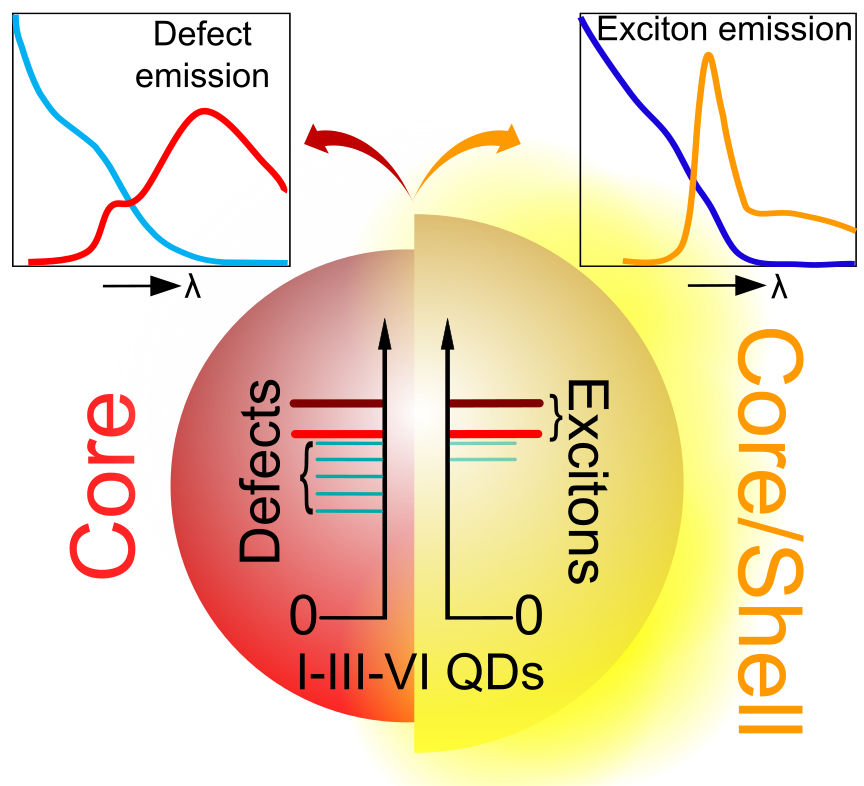Content
Nanoparticle couples dance in red light
Researchers from the group of Professor Feldmann at the University of Munich found a way to link nanoparticles in pairs and to make them move in the weak light of a red laser source.
29.10.2007

Gold nanoparticles are spheres of gold that are ten times smaller than the smallest feature that can be resolved in an optical microscope. Together with their partners at Roche Diagnostics, Penzberg, the scientists attached a particular kind of small molecules, called biotins, to these gold nanoparticles. They then linked the nanoparticles by adding a protein called streptavidin, that can grab and hold on to up to four of the biotin molecules tethered to the nanoparticle surface. The Munich physicists were the first to successfully employ this technique to link nanoparticles in pairs of just two particles.
The researchers went on to isolate single nanoparticle couples and observe them in an optical microscope. Since the nanoparticle couples are much smaller than the microscope resolution they appear as just one bright spot in the optical image. However, when they are illuminated with white light, which is composed of all the colors in the rainbow, each of them preferentially reflects a different color: Those pairs where the two nanoparticles are far apart look green, those with an intermediate distance are orange, and those where the particles are very close are red. That way, the scientists could deduce the distance of the nanoparticles in a pair from its color.
Moritz Ringler, PhD-student in Feldmann's group, measured the color of a single nanoparticle pair, then switched off the white light and exposed the nanoparticle pair to red light from a laser source. It was theoretically expected that this would be a very efficient way to make the protein linking the nanoparticle pair vibrate through a process called Raman scattering. In Raman scattering, the reflected light has less energy than the incoming light, and the difference in energy is used to make the scatterer vibrate. On theoretical and experimental grounds, the researchers expected this process to be particularly likely in the space between the nanoparticles of a pair, and indeed they saw the fingerprint of Raman scattering as they observed light of reduced energy coming from the protein-linked nanoparticle pair. When they turned the laser off and the white light back on, they saw that the nanoparticle pair now had a different color: the distance between the two nanoparticles had changed, the Raman scattering of the red laser light had made them dance.
Raman scattering has high potential as a tool for the specific detection of biomolecules and other chemicals. However, it is usually very weak and thus a large number of molecules is needed to obtain a detectable signal. Therefore, it is important to understand how the probability of the Raman process can be enhanced by a nanostructure such as a pair of nanoparticles. "By showing that not only the nanoparticle pair influences the Raman process but also the Raman process changes the nanoparticle pair we have added an important piece to the puzzle of understanding enhanced Raman scattering from nanostructured metal surfaces." says Professor Feldmann.
Original publication: M. Ringler et al., Nano Lett. 7 (9), 2753-2757 (2007)
Researchers from the group of Professor Feldmann at the University of Munich found a way to link nanoparticles in pairs and to make them move in the weak light of a red laser source.
29.10.2007

Gold nanoparticles are spheres of gold that are ten times smaller than the smallest feature that can be resolved in an optical microscope. Together with their partners at Roche Diagnostics, Penzberg, the scientists attached a particular kind of small molecules, called biotins, to these gold nanoparticles. They then linked the nanoparticles by adding a protein called streptavidin, that can grab and hold on to up to four of the biotin molecules tethered to the nanoparticle surface. The Munich physicists were the first to successfully employ this technique to link nanoparticles in pairs of just two particles.
The researchers went on to isolate single nanoparticle couples and observe them in an optical microscope. Since the nanoparticle couples are much smaller than the microscope resolution they appear as just one bright spot in the optical image. However, when they are illuminated with white light, which is composed of all the colors in the rainbow, each of them preferentially reflects a different color: Those pairs where the two nanoparticles are far apart look green, those with an intermediate distance are orange, and those where the particles are very close are red. That way, the scientists could deduce the distance of the nanoparticles in a pair from its color.
Moritz Ringler, PhD-student in Feldmann's group, measured the color of a single nanoparticle pair, then switched off the white light and exposed the nanoparticle pair to red light from a laser source. It was theoretically expected that this would be a very efficient way to make the protein linking the nanoparticle pair vibrate through a process called Raman scattering. In Raman scattering, the reflected light has less energy than the incoming light, and the difference in energy is used to make the scatterer vibrate. On theoretical and experimental grounds, the researchers expected this process to be particularly likely in the space between the nanoparticles of a pair, and indeed they saw the fingerprint of Raman scattering as they observed light of reduced energy coming from the protein-linked nanoparticle pair. When they turned the laser off and the white light back on, they saw that the nanoparticle pair now had a different color: the distance between the two nanoparticles had changed, the Raman scattering of the red laser light had made them dance.
Raman scattering has high potential as a tool for the specific detection of biomolecules and other chemicals. However, it is usually very weak and thus a large number of molecules is needed to obtain a detectable signal. Therefore, it is important to understand how the probability of the Raman process can be enhanced by a nanostructure such as a pair of nanoparticles. "By showing that not only the nanoparticle pair influences the Raman process but also the Raman process changes the nanoparticle pair we have added an important piece to the puzzle of understanding enhanced Raman scattering from nanostructured metal surfaces." says Professor Feldmann.
Original publication: M. Ringler et al., Nano Lett. 7 (9), 2753-2757 (2007)




